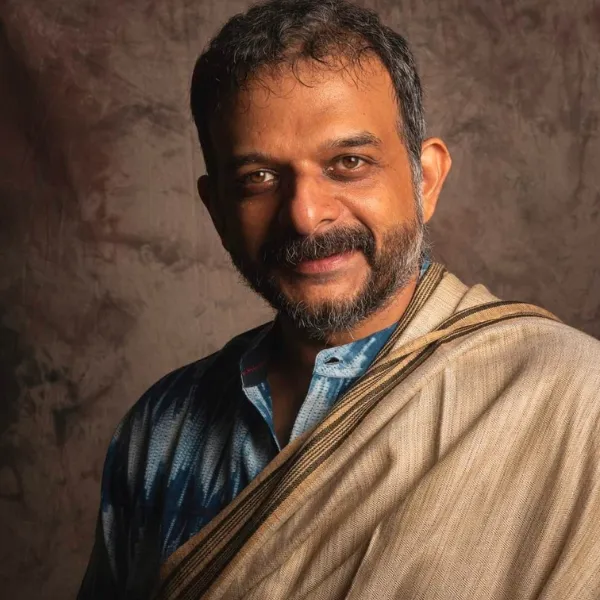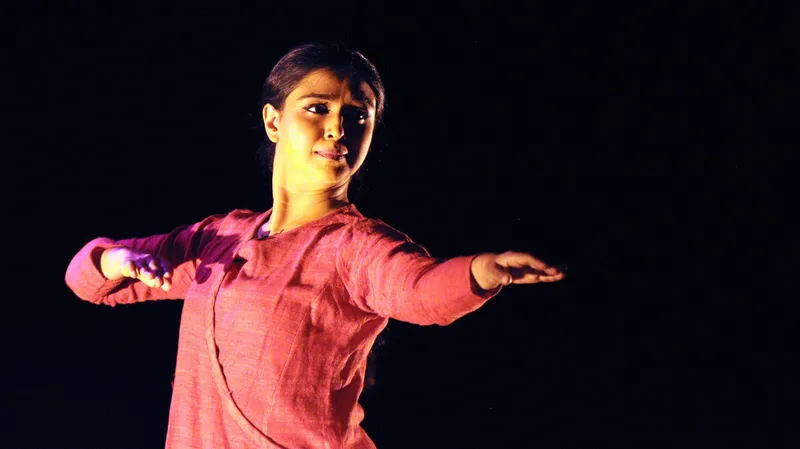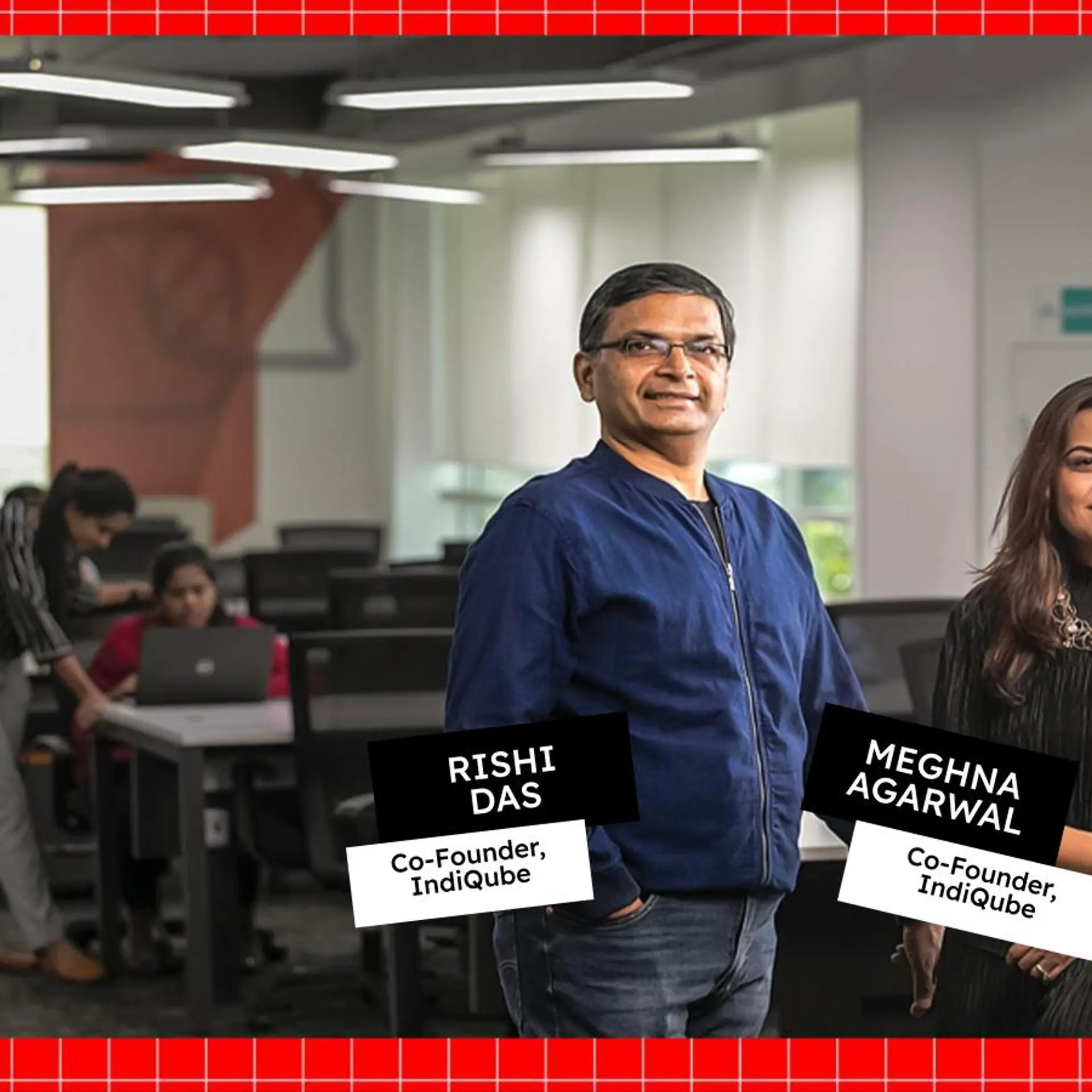Rethinking mentorships, safe spaces in Indian classical arts
Artists, who are speaking up against the sexual harassment, are taking early steps towards creating effective prevention, and inclusive, trauma-informed redressal mechanisms.
Key Takeaways
Kathak master Birju Maharaj, pakhawaj player Ravi Shankar Upadhyay and vocalist OS Thyagarajan have been accused of sexual harassment in the past by students.
Because the Indian classical arts function in an unorganised setting and thrive primarily on patronage, there is a lack of institutional mechanisms to keep power play and abuse in check.
The exclusion of male survivors from the PoSH Act, and the time limit on sexual abuse complaints have created hurdles for survivors.
On March 11, Bharatanatyam artist Satyajit Dhananjayan opened the doors of the Bharata Kalanjali School of Dance in Chennai with the hope to get some difficult conversations going. He threw open the floor to students of all disciplines–not restricted to the arts–as a safe space to talk and learn about an issue that is as pervasive as it is repressed in the classical arts tradition: power play and abuse.
The meeting brought together Swarna Rajagopalan, gender and political studies scholar; Sangeetha Sivakumar, Carnatic musician and founder of Saha–an initiative to facilitate conversations around sexual harassment; artists, teachers and over 20 students. Since allegations of sexual abuse and power play broke out at Kalakshetra Foundation on December 24, 2022, Dhananjayan says his mother Shanta who runs Bharatakalanjali along with dance veteran VP Dhananjayan - has been getting calls from students wanting to confide.
“And as an institution, I felt it was high time we fully understood abuse at large and spoke about it. I saw it as a critical step towards putting redressal mechanisms in place,” Dhananjayan tells HerStory.
The Indian classical arts, which largely function in an unorganised setting and thrive primarily on unquestionable patronage, often lack formal, institutional mechanisms to keep power play and abuse in check.

Carnatic musician TM Krishna
Acknowledging the power that comes with being an established artist, initiatives like Sivakumar’s Saha, awareness sessions by Dhananjayan, and vocal expression of solidarity and support through the platform Narthaki by dancer Anita Ratnam, are pioneering change.
Days after Kalakshetra’s management denied all sexual harassment allegations and issued a gag order against students who spoke about it, dance professor Hari Padman was arrested by the Chennai police on April 3. Consequently, Padman, along with three faculty members, Sanjith Lal, Sai Krishnan, and Sreenath, accused of sexual harassment was suspended by the institution.
The arrest happened following a protest by students and pressure from CARE Spaces, a forum that was publishing survivor stories. Artists who are taking this opportunity to dissolve power hierarchies in the classical arts, say this incident demonstrates two things: how influential and imperious cultural networks can be, and yet, how powerful mobilisation by students and a few allies can challenge them.
“It is wonderful to see students stand up for themselves, but it is also disheartening that the onus landed on them–especially as young survivors of trauma–to mobilise themselves while soldiering through fear, mistrust and severe backlash, to bring about justice,” says Sivakumar. “When it should upon institutions to provide proper structural support and a safe, fearless environment.”
#MeToo allegations started emerging from the world of the Indian classical arts at around the same time the movement gained traction in 2018. The Madras Music Academy debarred seven well-known musicians from performing in the December season that year, and one of the biggest international classical arts festivals, the US-based Cleveland Thyagaraja Aradhana, too made headlines. Senior gurus including the late Birju Maharaj; pakhawaj player Ravi Shankar Upadhyay and vocalist OS Thyagarajan, and institutions such as Kathak Kendra and now Kalakshetra, have all come under the scanner.
“Saha was started right after #MeToo allegations started erupting in the Carnatic music world and survivors began to anonymously tell their stories,” says Sivakumar. “We are not a field that has unions, and students’ relations or artists' bodies. Therefore, among the first things we did was meet K Harishankar, president of the Federation of City Sabhas, to set up an IC.”
“And coming from a system where the gurus do wield excess power– in getting aspirants shows and shaping their careers – our immediate focus was to also sensitise ourselves as artists, and start talking about things the community has always cringed away from – abuse, sexual harassment and entitlement,” says Sivakumar, who has put together panel discussions ever since, on destigmatising these subjects and legal aid awareness.
Sivakumar’s husband and Carnatic musician TM Krishna says there is a commonality in the way abuse works in different arts. “It comes from the cultural framework within which these elite forms of music, theatre or dance in India operate. Because these are sanctified by the religious, they automatically create an unquestionable environment,” he says.
“You are told from the very beginning that you are privileged to be allowed within their four walls. The person offering you access to that special experience is your teacher or guru, and this places them as the only source of knowledge, and pathway towards experiencing the art form that you are so enamoured by, or are conditioned to adore,” says Krishna.
“The problem is that this system depends on good people to function ethically. It does not function if its participants have evil intentions. And no system can be dependent on the participants,” he adds.
In the case of dance, its direct connection to the body–what is expected of it, how it should look, your stance and shape–make room for rampant abuse and body shaming. Unlike dance, where there’s a body; or art, where there is a canvas in front of you, in music, this ‘material’ aspect is missing, giving it an extra quotient of mysticism that allows teachers to behave like they are supernatural beings, artists say.
Also, sexual harassment in this space does not happen in isolation from other kinds of harassment.
“Social power is exerted, there is classroom toxicity, teachers pit students against each other, make sure students are vying for their attention and even separate them from their network of friends. All this is built into the culture,” says Krishna.
Redefining mentorship

Kathak danseuse Sanjukta Wagh
Highlighting that informality in learning is bound to be present in all disciplines where mentorship happens, Krishna says the way forward is to reframe this idea itself.
“Reimagine ‘informality’ as being an open exchange of ideas between the student and the teacher. This means it must break down hierarchy, facilitate a creative environment in the classroom, where the student and teacher are friends. It means, ‘I recognise the power I have as the teacher and that my students can challenge me and ask me any question,” he says.
“What it does not mean, is that the students are at the beck and call of the teacher.”
In 2005, Mumbai-based Kathak dancer Sanjukta Wagh launched an initiative called Beej, to explore alternative ways of classical dance pedagogy and performance. Wagh, who has trained in kathak in the guru-sishya tradition, also went on to study theatre, music, and contemporary dance.
“Of course, a classical art form is built over many generations and learning takes enormous effort. And to that extent, it is exclusive to those who are willing to put in those years of work,” says Wagh. “But what the cultural conservatism of the classical arts has also done is invested power in the hands of a few people who become gatekeepers of that art form.”
Beej started these discussions first in 2018 in a panel discussion called ‘Gendered Cultures’, which brought together researchers, journalists, students, university professors, gurus and artistes. With art forms like Lavani that have erotic content in their repertoire itself, the discussion raised complex questions on consent and boundaries in the form, its history and presentation.
"Owing to the extremely non-equal relationship between a student and a teacher, if the latter crosses a boundary, students might even relent, because of the perception that the teacher always has the best interest of the student,” says Wagh who has also invited Prevention of Sexual Harassment at the Workplace (PoSH) trainer Asiya Sherwani to educate more dancers about this. “At Beej, we have a circle and feedback session where questions around discomfort are articulated, and student voices heard.”
“Another aspect that gets overlooked in most cases, is the specificity of gender in the PoSH Act,” says journalist and former Kalakshetra student, Kunal Shankar. He says there is a skewed perception that boys don’t get abused.
The fact that PoSH Act requires a complaint to be made no later than six months from the date the sexual harassment took place also acts as a hurdle, he says.
“As a survivor myself, I can tell you that speaking out cannot be so planned and clinical. There are numerous instances where minors were involved. They are now married and have moved on, but their experiences matter when you look at an institution’s history and complicity towards abuse,” Shankar adds.
In May 2016, The Repealing and Amending Act changed the name of the committee under the PoSH Act from ‘Internal Complaints Committee’ to ‘Internal Committee’.
"This is of strategic importance," says Sherwani. "It means these committees should be set up with the goal of preventative work and not only act in response to a complaint, but be alert, spot red flags, detect entitlement and abusive behaviour and maintain a healthy culture of learning, safety and coexistence."
She lists a few best practices to bring about long-term change:
The first criterion is to select unbiased committee members who are analytical and have integrity, sensitivity, and perspective. In the case of a dance institute then, this would mean not just senior dancers but those who have the acumen, maturity, and a track record of leadership. Then, bring in diversity-in age, sexuality, gender, caste, class etc.
Second, the director of the institution should ideally not be a part of the committee or the presiding officer. The committee needs to submit the report to the director, who needs to implement the actions recommended in the report.
Third, it is mandatory to have an external member, who is not from the same profession or organisation. This member should have an experience in investigating sexual harassment complaints in a diverse range of organisations. They should bring in a gender-just, trauma-informed approach and understand the interplay between sexual harassment and organisational power dynamics.
The IC is an alternative system of justice, so there is no point having police officials or lawyers in it. The goal of an IC should always be restorative justice and making organisations safe for all. The procedure the IC follows is vital, but equally important is to make all complainants, witnesses and even the respondents feel safe. The IC should not be threatening anyone or breaching confidentiality.
Sexual, verbal, and physical abuse has many layers and manifestations and can be extremely complex to deal with. The IC must go through an annual capacity-building programme to ensure that members are adept with the times and the complexities of these issues, and work with a trauma-informed approach.
Finally, the idea is not just to have good intentions but an environment where feedback is possible, and everyone feels safe. Interactive workshops on assertive communication, gender, entitlement, appropriate conduct, and interpersonal ethics should be conducted.
(The story has been updated with a recent photo of Sanjukta Wagh)
Edited by Affirunisa Kankudti







